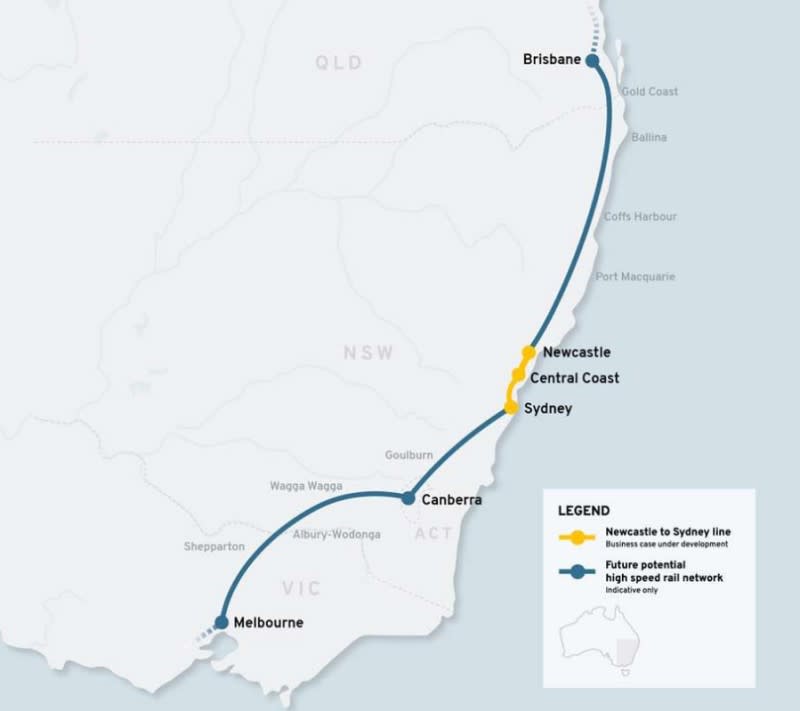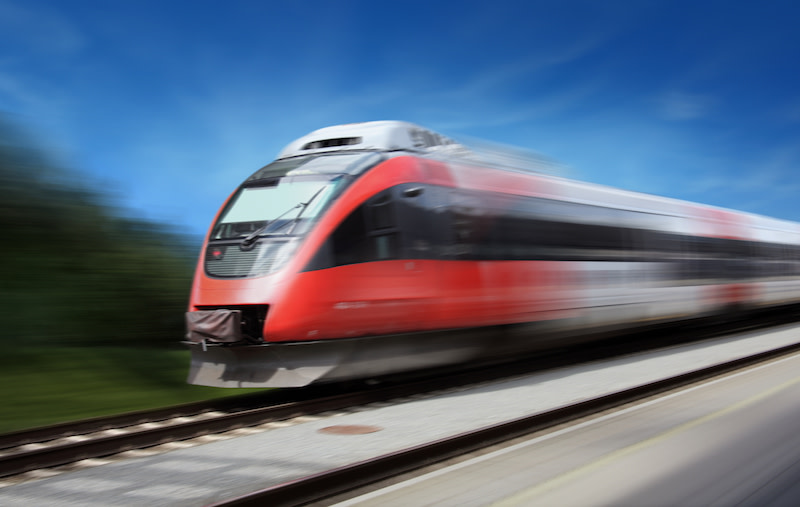Resources
Newsletter
Stay up to date and with the latest news, projects, deals and features.
Subscribe
The next phase of the Inland Rail megaproject has been approved and is entering the construction phase.
The 39km Illabo-to-Stockinbingal stage will be the only new section of track for the project between Beveridge in Victoria and Parkes in NSW.
Approval was granted for the section after it was assessed under the Commonwealth Environment Protection and Biodiversity Conservation Act 1999 to ensure threatened species and habitats in the area would be protected.
The section will create a direct route from just east of Illabo, about 415m south-west of Sydney, north to Stockinbingal, bypassing Cootamundra, Bethungra and the track section known as the Bethungra Spiral on the Main South Line.
John Holland will deliver the section and work is due to being next year.
That includes several bridges, level crossings, culverts and a crossing loop.
The Inland Rail project is a 1600km freight rail route from Queensland through NSW to Victoria with connections to rail lines to South Australia and Western Australia at Parkes in the Central West of NSW.
“We are fully committed to delivering Inland Rail South of Parkes by 2027 and this milestone is another important step on that journey,” Inland Rail chief executive Nick Miller said.
John Holland has so far delivered the Inland Rail Narrabri to North Star Phase 1 project in NSW and the North-East Rail Line Upgrade in Victoria.
It is also building the second tranche of the Beveridge to Albury Inland Rail section in Victoria, with construction also due to begin in 2025.
Inland Rail said it had has spent $7.4 million with 86 businesses between Albury and Parkes, and employed 434 people since July, 2023.
Meanwhile, work has started on determining the best route for a high-speed rail link from the NSW Central Coast to Sydney.
The Federal Government holds plans for a high-speed rail link to connect Brisbane, Sydney, Canberra, Melbourne and several regional cities along the east coast.
An initial stage is between Newcastle and Sydney via the Central Coast with a goal of 30-minutes travel time. The rail journey currently takes 2½ hours.
Geotechnical investigations are under way with two drill rigs at the Hawkesbury River at Brooklyn and Brisbane Water at Gosford.
The barges will drill six boreholes, some as deep as 140m with the barge on Hawkesbury River operating for two months.

Assembling the barges took three days and all rock and soil samples will be analysed to determine the best construction methods, depths and designs for potential rail tunnels.
There will be 27 boreholes created in key areas between Newcastle and Sydney.
It is part of a business case being developed for the first stage by the Federal Government’s High Speed Rail Authority.
Funding of $500 million has been allocated for the planning and corridor protection of the first stage and the creation of the authority with the business case due to be sent to the Federal Government by the end of this year.
Population estimates for the Newcastle, Hunter Valley and Central Coast regions show an expected increase of 22 per cent to nearly 1.2 million people by the early 2040s with more than 420,000 jobs currently supported in the Central Coast and Newcastle areas.

New housing is expected in key growth corridors and centres including Gosford, Tuggerah-Wyong, Lake Macquarie and Newcastle.
Currently nearly 15 million passengers use the existing line between Newcastle and Sydney each year despite delays caused by freight trains. There are concerns the line will hit full capacity by the early 2040s.
It currently takes 2½ hours to travel from Newcastle and Sydney on the M1 motorway and on the train line with 91,000 trips completed between the two cities using the road corridor each day.